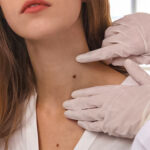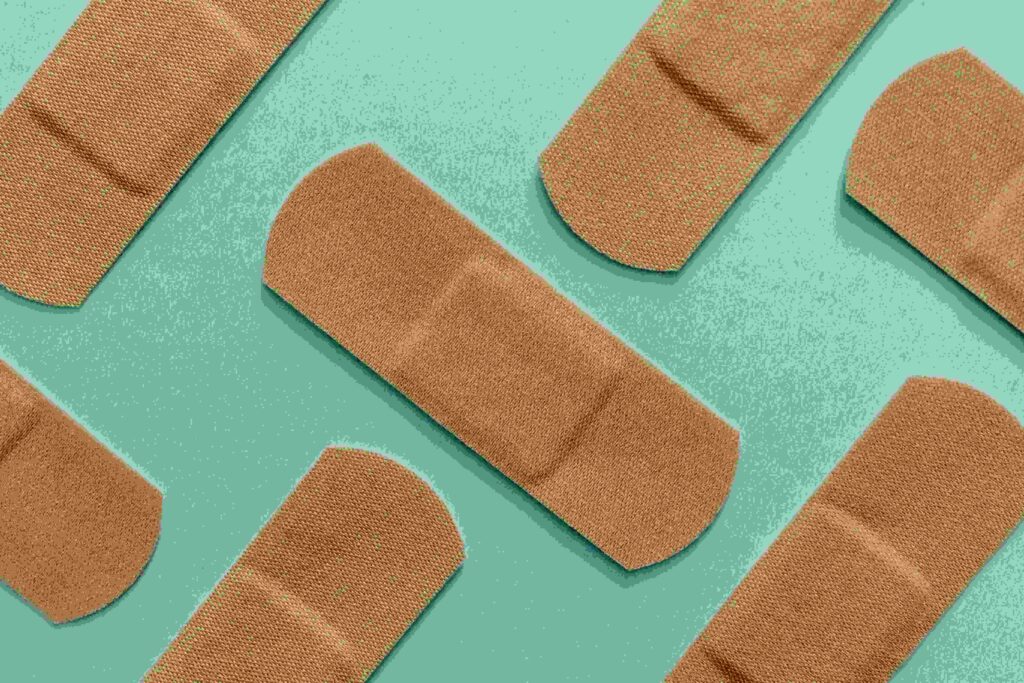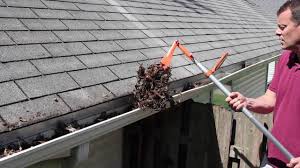Have you ever wondered why some wounds worsen or take longer to heal? Denuded wounds, where the top layer of skin is lost, can cause discomfort, infection, and slow healing. But what exactly leads to these wounds? Understanding the risk factors of denuded wound is crucial to preventing skin breakdown and improving recovery. In this blog, we will explore who is most vulnerable, how nutrition and skin care affect wound risks, and the common mistakes that can worsen these injuries. By knowing these risks, you can better protect your skin or the skin of those you care for. Let’s walk through the main causes and factors that contribute to denuded wounds and discuss practical ways to reduce the chances of their occurrence.
What is a Denuded Wound?
A denuded wound is a type of skin injury where the top protective layer of skin, called the epidermis, is removed or stripped off. Unlike superficial cuts or abrasions that only affect the surface, denuded wounds expose the deeper layers of the skin, leaving tissue vulnerable to infection and damage. This loss of the protective barrier means the wound is more sensitive and slower to heal.
Denuded wounds often result from friction, pressure, moisture, or improper wound care. Because the skin acts as the body’s first line of defense, losing this layer can disrupt normal healing and increase the risk of complications. Identifying these wounds early and understanding their unique nature is crucial to preventing further damage and promoting recovery.
Why Do Risk Factors Matter?
Knowing the risk factors of denuded wounds is vital to preventing these wounds from worsening or becoming chronic. Certain conditions and behaviors make skin more fragile and susceptible to injury, which can delay healing or lead to infections. Recognizing these factors helps both patients and caregivers act early, adjusting care routines or seeking medical support before the wound deteriorates.
By understanding what contributes to skin breakdown, interventions can be targeted to protect vulnerable areas, improve skin resilience, and reduce discomfort. This knowledge empowers better wound management and can prevent complications that might require more intensive treatment.
With this in mind, let’s explore the most common risk factors that lead to denuded wounds.
Common Risk Factors of Denuded Wound
1. Age and Skin Fragility
Aging naturally causes the skin to become thinner, less elastic, and drier. Older adults experience a decrease in collagen production and skin moisture, which reduces the skin’s ability to withstand pressure and friction. This fragility means even minor bumps or rubbing can lead to skin breakdown.
As a result, seniors are more prone to developing denuded wounds, especially in areas exposed to pressure, like heels, elbows, and hips. Their delayed healing process further increases vulnerability. Protecting aging skin involves gentle care, moisturizing, and frequent repositioning to prevent pressure buildup.
2. Medical Conditions Affecting Skin Health
Chronic diseases like diabetes and vascular disorders significantly raise the risk of denuded wounds. Diabetes can cause nerve damage (neuropathy), reducing pain sensation, so injuries may go unnoticed until they worsen. It also impairs blood flow, slowing healing.
Vascular diseases limit oxygen-rich blood delivery to tissues, making skin more susceptible to damage and infection. Other illnesses that weaken the immune system or cause skin dryness similarly increased risk.
For individuals with these conditions, careful skin inspection and specialized care are essential to avoid wounds. Managing underlying diseases and maintaining skin hygiene helps reduce complications.
3. Poor Nutrition and Hydration
Skin health depends on adequate nutrition and hydration. A lack of essential nutrients, such as protein, vitamins (especially vitamin C), and minerals, weakens the skin’s structure and repair mechanisms. Malnourished individuals have fragile skin that tears easily and heals slowly.
Dehydration also contributes to dry, cracked skin that is more prone to denudation. Without enough water, skin loses its elasticity and protective oils.
Maintaining a balanced diet rich in nutrients and drinking enough fluids supports skin integrity and speeds up wound healing, reducing the risk of developing denuded wounds.
4. Inadequate Wound Care Practices
Incorrect wound care can cause or worsen denuded wounds. Common mistakes include aggressive cleaning methods, such as harsh scrubbing or using unsuitable cleansers, which can strip away healthy skin.
Peeling adhesive bandages without soaking or gently loosening the edges can also tear fragile skin. Using dressings that stick to wounds may damage tissue when removed.
Additionally, infrequent dressing changes can lead to moisture buildup, causing skin maceration and breakdown. Conversely, leaving wounds exposed or not protecting them properly increases the risk of infection and further injury.
Gentle, proper wound care involves using non-adherent dressings, cleaning wounds with mild solutions, and moisturizing surrounding skin. Caregivers should be trained in these techniques to prevent denudation and support healing.
5. Prolonged Pressure and Friction
Continuous pressure on the skin, especially in immobile patients, reduces blood flow and causes tissue damage. Pressure sores often develop over bony areas like heels or the sacrum where skin is compressed for long periods.
Friction occurs when skin rubs against clothing or bedding, while shear forces happen when skin moves in opposite directions to underlying tissue. Both damage skin layers and can strip away the epidermis, leading to denuded wounds.
To prevent these injuries, regular repositioning, using pressure-relieving mattresses, and minimizing friction with soft fabrics are essential. Encouraging mobility and skin checks helps reduce risk.
How Environment and Lifestyle Contribute
Environmental factors can influence skin health and wound risk. Extreme humidity or dry conditions can either macerate or dehydrate the skin, making it fragile. Frequent exposure to harsh soaps or chemicals irritates and dries out skin.
Smoking restricts blood flow and impairs wound healing, increasing susceptibility to skin breakdown. Excessive alcohol use also negatively impacts nutrition and hydration, worsening skin condition.
Good hygiene practices, such as using gentle cleansers and moisturizing regularly, help maintain skin balance. Lifestyle changes like quitting smoking, moderating alcohol, and protecting skin from environmental extremes significantly reduce the risk of denuded wounds.
When to Seek Professional Help?
It’s important to seek medical advice if a wound shows signs of worsening—such as increased redness, swelling, pain, or pus—or if skin around the wound becomes denuded. Improper wound care that causes more damage or delays healing should also prompt professional consultation.
Healthcare providers can assess wound severity, recommend appropriate treatments, and offer guidance on prevention strategies. Early intervention improves outcomes and reduces complications. Don’t hesitate to contact a wound care specialist or doctor if concerns arise during healing.
Conclusion
In summary, understanding the risk factors of denuded wound is key to preventing these painful and complicated injuries. Age-related skin fragility, chronic medical conditions, poor nutrition, improper wound care, and prolonged pressure are the most common contributors. Environmental and lifestyle factors also play significant roles.
By recognizing these risks early, patients and caregivers can take steps to protect vulnerable skin, promote faster healing, and avoid further complications. Regular skin inspections, proper nutrition, gentle care, and timely medical attention all make a difference. If you or a loved one is at risk, monitor wounds carefully and seek professional advice as needed to ensure optimal recovery and skin health.
- Top 5 Risk Factors for Denuded Wounds Explained
- Learn the top risk factors for denuded wounds, including age, illness, nutrition, and care practices—plus tips to protect skin and prevent complications.
- wound healing, open wounds
Related posts:
 How to Lose Weight Fast Naturally and Permanently ?
How to Lose Weight Fast Naturally and Permanently ?
 How Laparoscopic Simulators Improve Precision & Reduce Surgical Errors
How Laparoscopic Simulators Improve Precision & Reduce Surgical Errors
 Exploring the Best Non – Surgical Treatments for Fibroids in Gurgaon
Exploring the Best Non – Surgical Treatments for Fibroids in Gurgaon
 How Much Does Mole Removal Cost in Islamabad?Mole Removal Islamabad
How Much Does Mole Removal Cost in Islamabad?Mole Removal Islamabad
 Eight Key Things You Need to Know About Ultherapy Prime Today
Eight Key Things You Need to Know About Ultherapy Prime Today
 What You Should Know About Taking 125mcg Vitamin D3 Daily includes its potential to support immune function
What You Should Know About Taking 125mcg Vitamin D3 Daily includes its potential to support immune function
 Comprehensive Guide to IVF Treatment in Delhi at Sunrise Hospital
Comprehensive Guide to IVF Treatment in Delhi at Sunrise Hospital
 5 Essential Tips for Finding the Best Medical Marijuana Dispensary Near Me
5 Essential Tips for Finding the Best Medical Marijuana Dispensary Near Me







